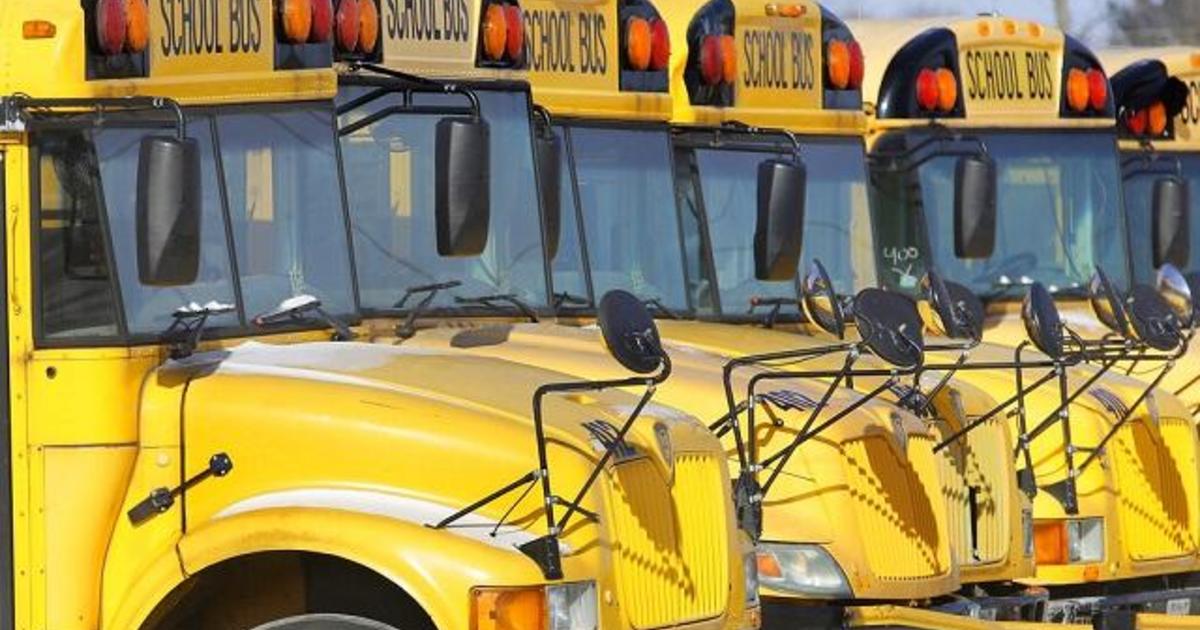Smithsonian Eyes Influences Of Indian-Americans
WASHINGTON (AP) -- Indian-Americans are doctors, engineers, motel owners, taxi drivers and spelling bee champs -- just a few takeaways from a new exhibition at the Smithsonian.
Looking closer, though, curators are probing the history behind certain cultural stereotypes of this population of 3.3 million Americans in a new exhibit opening Thursday.
The influx of Indian doctors, for example, began in the 1960s as the U.S. needed more physicians for its new Medicare system, and immigration law opened the door to those with medical training. Later, the American inventors of Hotmail, the Pentium chip and fiber optics were all of Indian origin, perhaps because H-1B visas for engineers were a U.S. effort to remain competitive with the Soviet Union during the Cold War.
"Beyond Bollywood: Indian Americans Shape the Nation" is the Smithsonian's first major exhibit to examine the history of Indian immigration to the United States and the influence of Indian-Americans. The exhibit is on view for at least a year and is expected to travel to 15 cities through 2019.
It's a story that dates to the first Indians arriving in 1790, those who helped build the nation's railroads and farms, and those who fought for citizenship when immigration from Asia was discouraged. There are also more recent contributions of leading Indian-American writers, entertainers, athletes and a fashion designer favored by first lady Michelle Obama.
Curator Masum Momaya said her team used Indian-American stereotypes as an entry point for visitors to learn more.
"We want to take people beyond some of the things they know and have seen in popular culture to the deeper and more nuanced history," she said. "I think one of the things that museums can do is add history and add context to contemporary conversations about race and immigration."
So in a subtle way, curators show the current debate over immigration has been debated before.
The Smithsonian borrowed and collected objects from many Indian-Americans, including family photos and shoes that evoke a family home and the NFL helmet worn by the first Indian-American to win the Super Bowl -- Brandon Chillar with the Green Bay Packers.
For more than a year, curators worked to borrow a dress made by Indian-American designer Naeem Khan for Mrs. Obama. Khan draws on a line of Indian embroidery techniques in his design for an American silhouette. He has designed several gowns for the first lady.
The rarely seen gown joins items from other Indian-American ground breakers. There's the NCAA basketball jersey from the first player wear a turban in competition as a symbol of his Sikh faith, a silver Olympic medal won by gymnast Mohini Bhardwaj in Athens, and the first U.S. spelling bee trophy won by an Indian-American in 1985. Coincidentally, Indian-American students have been on a spelling bee winning streak for most of the past decade.
"It's novel, but at the same time, it does speak to that experience of becoming American," said Konrad Ng, director of the Smithsonian Asian Pacific American Center. "Spelling bees have this symbolic value of being American, being literate in the language of the country and excelling in it."
The yearlong exhibit at the National Museum of Natural History is part of a $2 million ongoing heritage project at the center. It will also help bring new items into the Smithsonian's collection to represent Indian-Americans.
Newly acquired artifacts include campaign materials from former U.S. Rep. Dalip Singh Saund of California, who was the first Asian-American elected to Congress in 1957.
(Copyright 2013 by The Associated Press. All Rights Reserved.)



